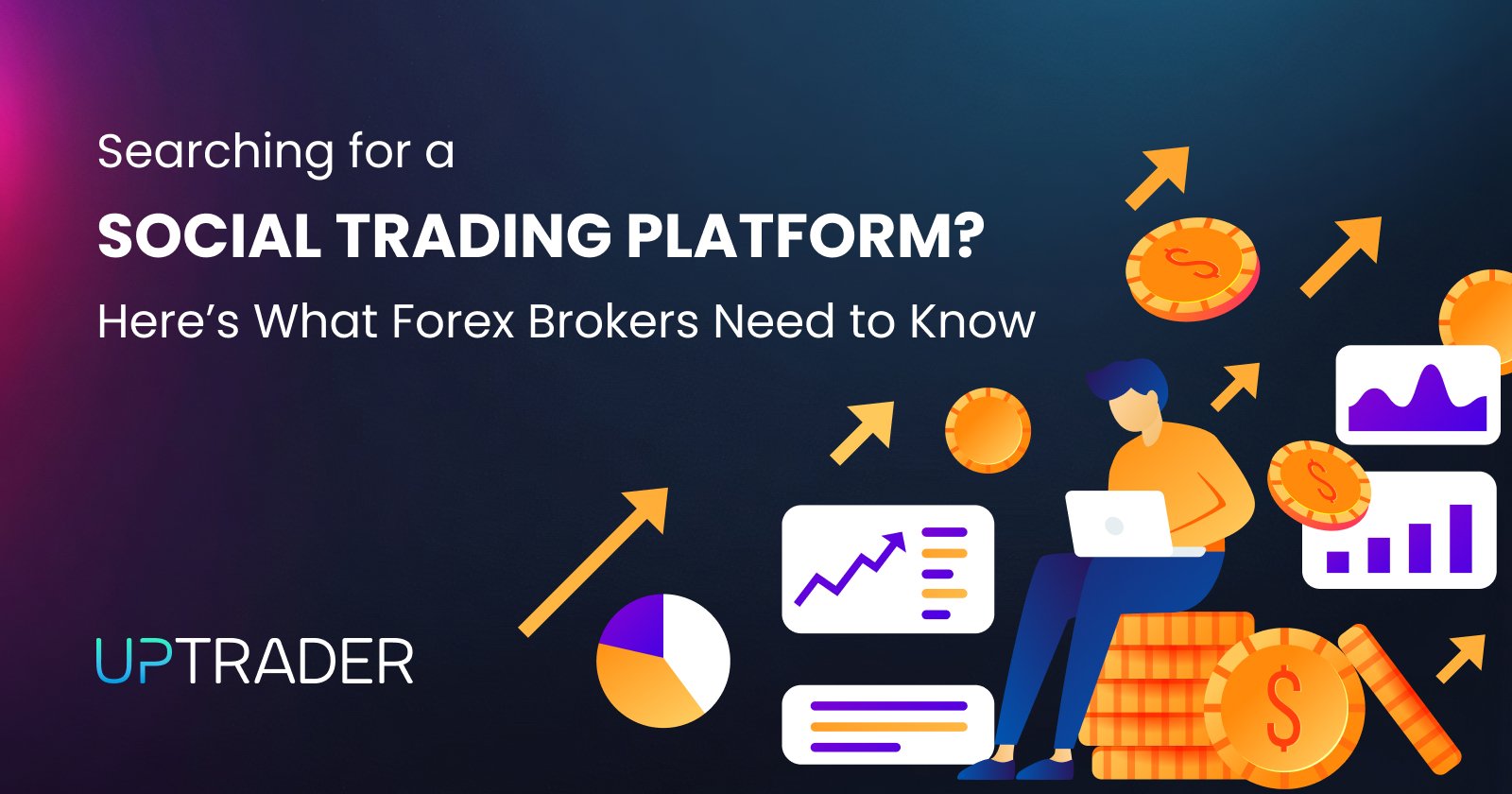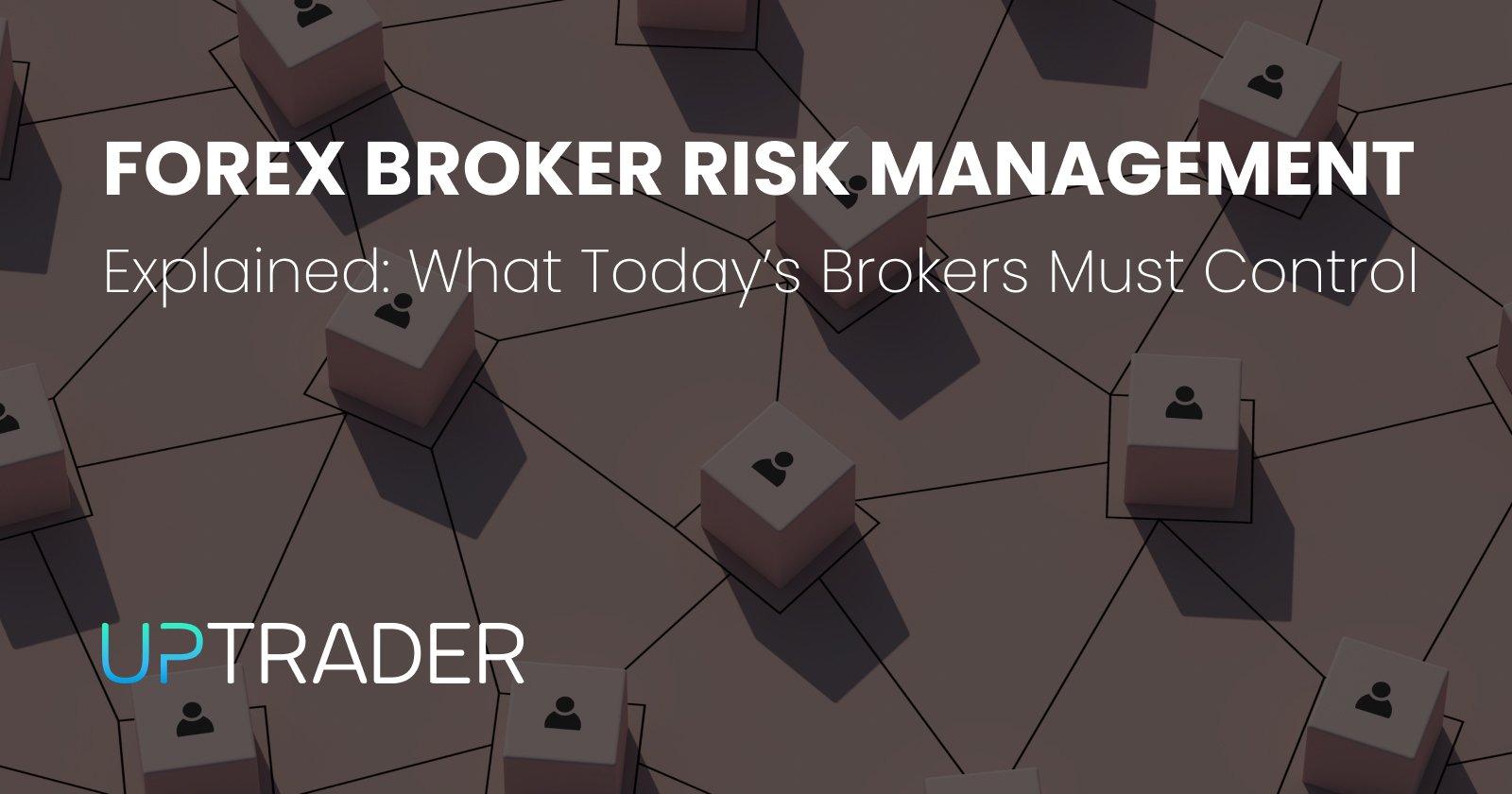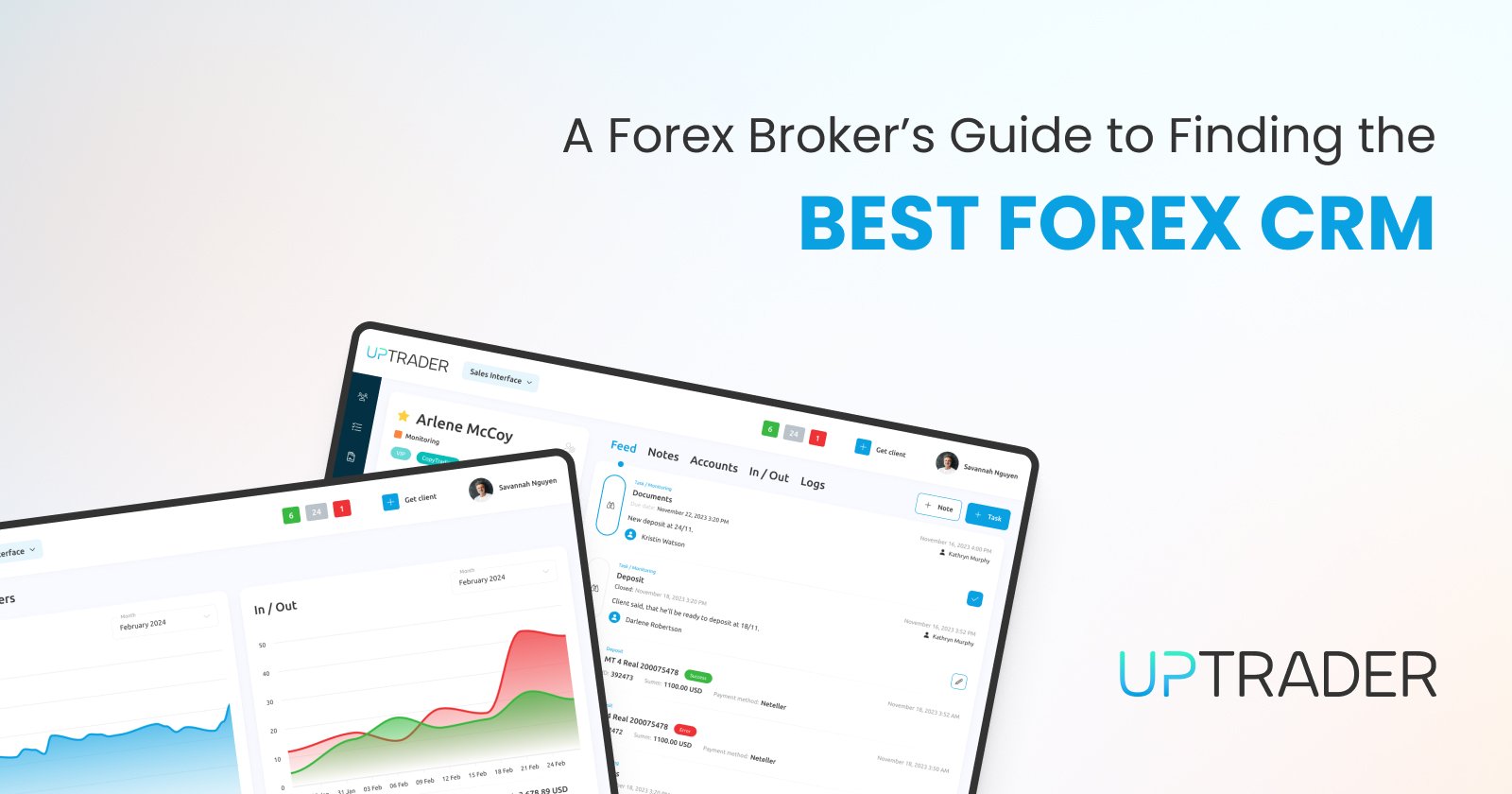What Is a Forex CRM and Why Every Broker Needs One in 2025

Share this publication:
If you run a brokerage or are thinking of launching one, a Customer Relationship Management system (CRM) is not optional anymore — it’s the backbone that keeps your business running, compliant, and competitive. Simply put, a Forex CRM arranges your most important people, your clients, coordinates the processes for converting clients from leads to funded accounts, and compiles relevant data for your decision-making.
Predicting the future, a tailored Forex CRM, will soon be a necessity to avoid disorganization, especially with tighter regulations, greater customer demands, and multiple channels in the Forex market in 2025.
Below you’ll find a simple, practical guide: what a Forex CRM is, what it does, and why you should make it central to your operations this year.
What A Forex CRM Actually Is
A CRM for Forex is software tailored to the needs of retail and institutional brokerage operations. It combines the usual CRM functions — contact and lead management, task automation, sales pipeline tracking — with broker-specific capabilities: account lifecycle management, KYC/AML workflow integration, payment and deposit tracking, multi-account handling (PAMM/MAM style), and connectivity with trading platforms ( liquidity providers, back-office systems).
Think of it as a single control panel where you:
- Capture leads from websites, affiliates, and campaigns.
- Move those leads through onboarding steps.
- Track deposits, trades, and account statuses.
- Automate regulatory checks and internal approvals.
- Coordinate sales, account managers, and customer support.
That single control point reduces friction, prevents mistakes, and frees you to focus on strategy, not spreadsheets.
Core Features You’ll Rely On (And Why They Matter)
CRMs are not created equal. For brokers, some features become indispensable.
- Lead capture and source attribution: Every visitor, affiliate click, and every campaign must become a tracked lead. It’s vital to determine which traffic converts to real funded accounts. This makes it possible to allocate resources efficiently.
- Automated onboarding and KYC workflows: Drop-off rates are heightened by manual onboarding. It involves a seamless onboarding process through email automation, document uploads, and ID verification, while also including a compliant audit trail.
- Payment and deposit reconciliation: Reconciliation between deposits and accounts needs to be flawless. Elimination of disputes and delays is possible with integration of payment processors and reconciled transaction records.
- Client lifecycle and tier management: Each of the steps requires setting, and rule-based management to be done on the limits, spreads, and offers, which can be easily revised/updated.
- Risk & exposure monitoring: You should be able to cross trade limits and segmentation with the client, so your balances and aggregated positions should not surprise you. Risk systems should be fed throughout your CRM, or exposure reports should be available on the go.
- AML alerts & case management: Automated systems should identify suspicious activity, creating a report and a predefined workflow for tracking and solving.
- Affiliate and partner modules: When affiliates are part of your growth strategy, seamless, tiered commission tracking and automated, timely payouts become a necessity.
- Support & ticketing: A combined perspective where account activity (deposits, withdrawals, trade history) is linked to support tickets allows your service team to resolve issues much more efficiently.
- Reporting & analytics: You want dashboards that show MQL→KYC→Funded conversion, churn, lifetime value, and campaign ROI. Data without context is noise.
These are the building blocks; missing one creates inefficiency or regulatory risk.
How A Forex CRM Transforms Daily Operations
Imagine this day-to-day before and after a broker-grade CRM:
Before: leads arrive in inboxes, onboarding documents are scattered, account managers use separate spreadsheets, and compliance requests are handled by chasing emails.
After: a lead enters your funnel automatically, the system triggers identity verification and risk scoring, the sales rep receives a task with the next step, deposits reconcile automatically, and compliance can pull a full audit trail in seconds.
In short: speed up client activation, reduce human error, and keep everyone — sales, ops, compliance, support — aligned. This translates to improved conversion rates, reducing compliance headaches, and more growth.
Compliance And Security — Not Just Boxes To Tick
Globally, regulators expect brokers to have solid and auditable processes. Your CRM is where many of those records live. If you can’t demonstrate consistent KYC completion, source-of-funds checks, transaction monitoring, and secure data handling, you’ll be vulnerable.
A few practical compliance things to insist on:
- Immutable audit logs for KYC/AML actions.
- Role-based access controls and SSO for staff.
- Encrypted storage for sensitive documents.
- API-level logs when third parties access data.
- Built-in case management for suspicious activity reports.
Security matters to clients too. A breach or sloppy data handling destroys trust faster than a bad trade — and fixing brand damage is expensive.
Sales, Marketing, And Affiliate Activation — Smarter And Faster
A CRM makes your sales and marketing teams more disciplined and more effective. You’ll be able to:
- Run campaigns tied directly to measurable account outcomes.
- See which creatives, landing pages, or partners produce funded accounts (not just clicks).
- Give account managers automated nudges to re-engage dormant traders.
- Launch referral or VIP programs and track performance end-to-end.
Affiliates are a major acquisition channel for many brokers. A good CRM tracks lead attribution from click to deposit and automates commission calculations and reporting, reducing disputes and keeping partners happy.
Retaining Traders — The Often-Overlooked Winner
Acquiring a trader costs more than keeping one. A CRM helps you retain clients by enabling personalized, timely outreach. You can automatically:
- Send educational content based on experience level.
- Offer tailored promotions to at-risk users.
- Alert account managers when traders reach size thresholds that require personal attention.
Retention mechanics are simple but powerful: relevance, timing, and follow-up. A CRM gives you the tools to deliver all three at scale.
Integrations: Your CRM Must Play Well With Others
A CRM is not an island. It should connect smoothly to:
- Trading platforms (Trading Platform 4/5 , proprietary platforms).
- Payment gateways and processors.
- KYC/ID verification providers.
- Email/SMS, live chat tools and other communication software.
- The accounting, back-office systems and reconciliation tools.
- Analytics with business intelligence tools.
There should be no shortage of APIs, webhooks, and quality documentation. Avoid brittle custom integrations. Broken integrations with every upgrade are problematic.
Choosing The Right Forex CRM — A Short Checklist
When assessing solutions, use the following criteria with each vendor:
- Broker-first design — is it built with brokerage workflows in mind?
- Readiness of compliance — does it encompass KYC, AML, and audit logs?
- Integration depth — does it merge with your trading stack and payment partners?
- Scalability — will it accommodate expansion to tens or hundreds of thousands of accounts?
- Customization — are rules, tiers, and business logic set in a code-free manner?
- Ownership of data & exportability — who has data ownership, and how easily can it be exported?
- Uptime and support — finance operates round the clock, and vendor support and reliability are pivotal.
- Total cost of ownership — involves the setup and integration and the upkeep thereafter.
Don’t buy on price alone. A cheap, poorly matched CRM costs more over time.
Measuring Success — Call The Kpis You Care About
You’ll know the CRM is working when these numbers move in the right direction:
- Faster time-to-first-deposit.
- Increased demo→live conversion.
- Lower manual hours per account.
- Reduced compliance query resolution time.
- Higher affiliate payout accuracy and fewer disputes.
- Improved trader retention and higher average lifetime value.
Track these indicators from day one and adjust processes based on what the data says.
Final Thought — The CRM Is Your Strategic Operating System
In 2025, a CRM for Forex is more than a convenience — it’s an operational imperative. It links growth and compliance, harmonizes teams, and turns data into actions. If you’re serious about scaling, reducing risk, and improving client experience, make a CRM a core part of your strategy.
You don’t need the fanciest tool to start; you need the right fit. Start small, measure outcomes, and iterate. If you do that, your CRM will quickly pay for itself by saving time, cutting errors, and unlocking predictable growth.
UpTrader CRM is built exactly for that: to help brokerages turn operations into growth engines, not cost centers.
Click-through, explore, and see why brokers who optimize their CRM first grow up to 2x faster than those who don’t







